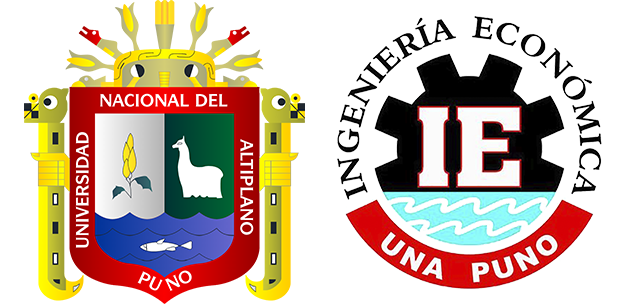Factores determinantes que influyen en el logro del nivel educativo de las mujeres en el Perú 2022
DOI:
https://doi.org/10.26867/se.2023.v12i2.149Palabras clave:
Modelo logit ordenado, criterios de información, alfabetización, educaciónResumen
El objetivo central de este estudio de investigación es examinar los factores determinantes que influyen en el nivel educativo de las mujeres en el Perú durante el año 2022. Para lo cual se empleó el método hipotético-deductivo con un enfoque cuantitativo, y se utilizó un modelo logit ordenado para la estimación debido a que posee el menor valor de los criterios de información de Akaike y Bayesiano comparado con un modelo probit ordenado. Los principales factores considerados fueron el embarazo adolescente, el número de hijos, la edad en la que tuvieron el primer hijo, el área de residencia, la edad de las mujeres, alfabetización y lengua materna. La información utilizada proviene de fuentes secundarias y se obtuvo de la Encuesta demográfica y de salud familiar del año 2022. Los resultados indican que las variables como edad a la que se tuvo el primer hijo, alfabetización, área y lengua materna incrementan la probabilidad de pertenecer a las categorías más altas de nivel educativo (superior no universitario, universitario y posgrado), mientras que el embarazo adolescente, edad y número de hijos incrementan la probabilidad de pertenecer a las categorías más bajas de nivel educativo (preescolar, primario y secundario). Todos estos resultados son significativos al 1 por ciento de significancia.















